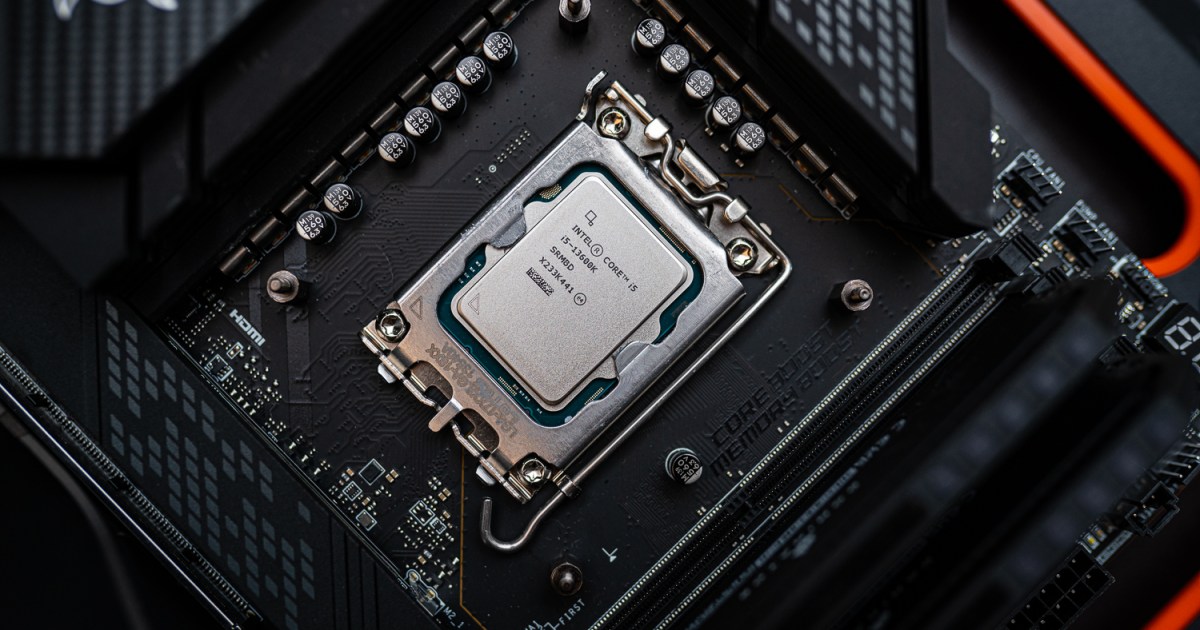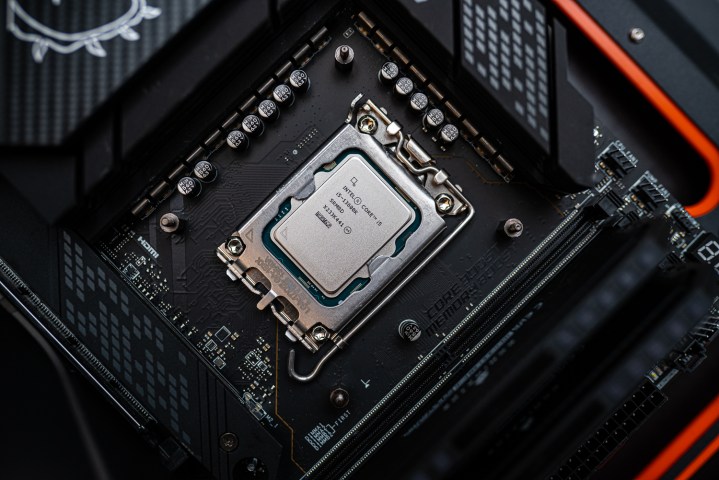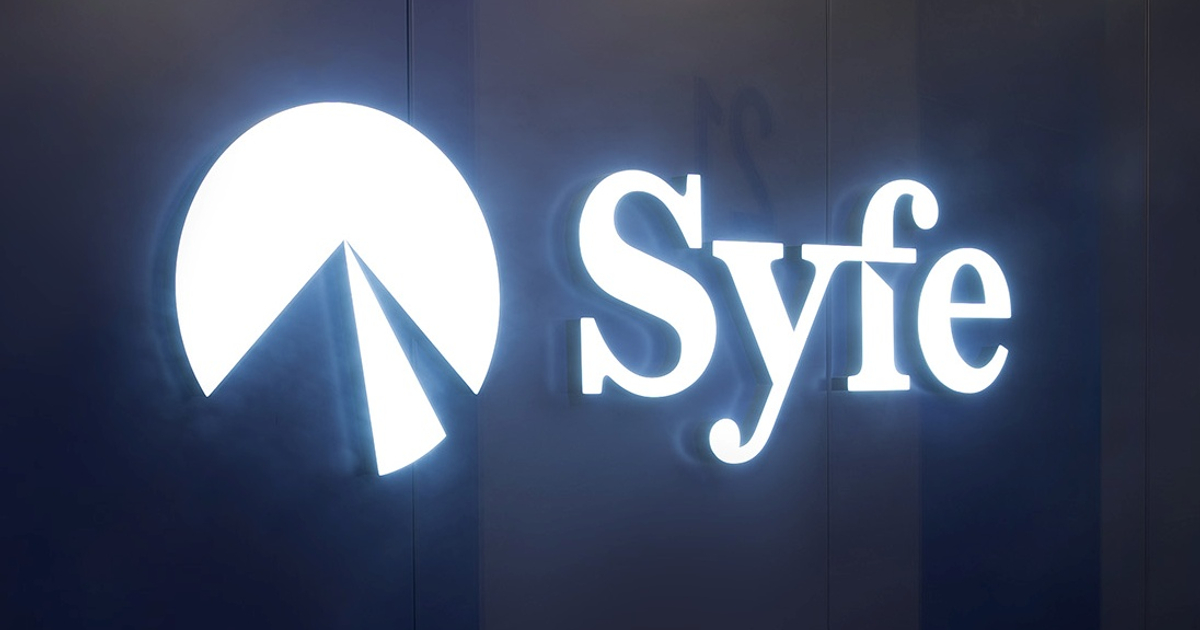Intel Arrow Lake: everything we know so far
Intel Arrow Lake may launch as soon as early-2024, even if that wasn't the original plan. Here's everything we know about Arrow Lake so far.

Intel Arrow Lake is the codename for a proposed 15th generation of Intel CPUs. That makes it the next, next-generation Intel architecture that will succeed not only the existing 13th-generation Raptor Lake, but the 14th-generation Meteor Lake, too. It will be built on a new, advanced process node, and may drop one of the most iconic features of Intel processors: Hyperthreading.
There are a lot of unknowns with such a forward-thinking product design, but we do know a little about what Intel’s working on. Here’s everything we know about Intel Arrow Lake so far.
 An Intel 13th-generation 13600K. Jacob Roach / Digital Trends
An Intel 13th-generation 13600K. Jacob Roach / Digital TrendsArrow Lake specs
We don’t have any raw specifications for Arrow Lake processors as of yet, but there have been some tantalizing rumors that we can consider.
As with recent generations of Intel processors, Arrow Lake is slated to use a tile-based design, with performance and efficiency cores running alongside an onboard GPU, and other accelerators for AI and video transcoding.
Performance core numbers are not expected to rise this generation, with the top chips still sporting eight P cores. Efficiency core counts could jump dramatically, though, with some rumors pointing to up to 32 E cores in some models released part way through the generation. It may be that 8+16 core configurations is the pinnacle for mobile, and up to 8+32 for desktop.
Other rumors suggest that Arrow Lake will be built on a new LGA 1851 socket design, with more pins than 12th- and 13th-generation designs on the LGA 1700 socket. That would suggest you’ll need a new motherboard for Arrow Lake processors, and won’t be able to upgrade from 13th (and probably 14th) generation PCs.
There are also claims that Arrow Lake will drop support for Intel’s simultaneous multi-threading technology, Hyperthreading. This is typically used to maximize multi-threaded performance when cores aren’t used to their full capacity. With improved multi-threaded performance from the higher core counts of Arrow Lake processors, hyperthreading was reportedly no longer necessary and was hard to get working on the new architecture.
Arrow Lake will reportedly be built using the Intel 20A process node, which would be called 2nm by conventional naming standards. Other rumors have suggested it will be built on TSMC’s 3nm node instead, but this is unconfirmed.
 Intel
IntelArrow Lake availability
Just when will Arrow Lake be released to the public? At the time of writing Intel hasn’t given a firm release date for its 14th generation designs yet, so it’s no surprise that we don’t yet know when Arrow Lake will debut. However, there is a tentative late-2024 release date for the first chips, with the rest of the lineup launching in early 2025.
This would line up with a probable launch of Intel’s 14th generation Meteor Lake mobile processors in the last few months of 2023, with the desktop chips dropping in early-2024, as per the latest rumors.
However, there are some competing rumors which claim Intel has scrapped its Meteor Lake desktop launch and is instead planning to launch Meteor Lake on mobile in late 2023, with an early 2024 desktop Arrow Lake launch shortly after. We’ll update this when we have any firmer details.
Arrow Lake performance
We don’t know how fast Arrow Lake will be just yet, but if the rumors of core count improvements are anything to go by, they should be very fast indeed. On top of that added multi-threaded power, we have a new process and an entire architectural revamp — after Meteor Lake’s rumored Raptor Lake-refresh design. This would suggest Arrow Lake will make major leaps in single-threaded performance, especially if clock speeds continue to climb, which would make them excellent for gaming.
Intel dropping hyperthreading from the chips would suggest that they are indeed incredibly fast, as it has typically required hyperthreading to remain competitive with AMD’s best CPUs.
Arrow Lake will reportedly add support for faster memory up to DDR5-6400, so that should help bolster performance further.
Arrow Lake onboard graphics is said to be very capable in its own right, and may further invalidate entry-level graphics cards.
Impressive, but wait and see
Arrow Lake is shaping up to be an exciting Intel architecture and generation of processors, but it’s still firmly speculative for now. If you want a new Intel processor in 2023, though, check out our guide to the best Intel CPUs to find out how to maximize your budget.

 UsenB
UsenB 
































.jpeg&h=630&w=1200&q=100&v=a905e78df5&c=1)